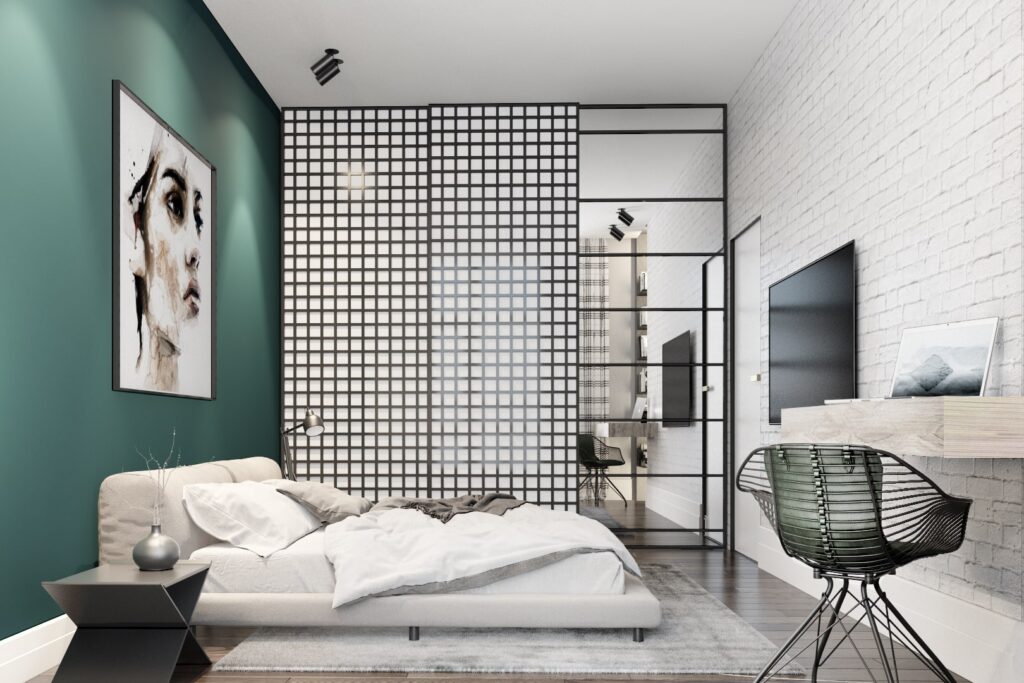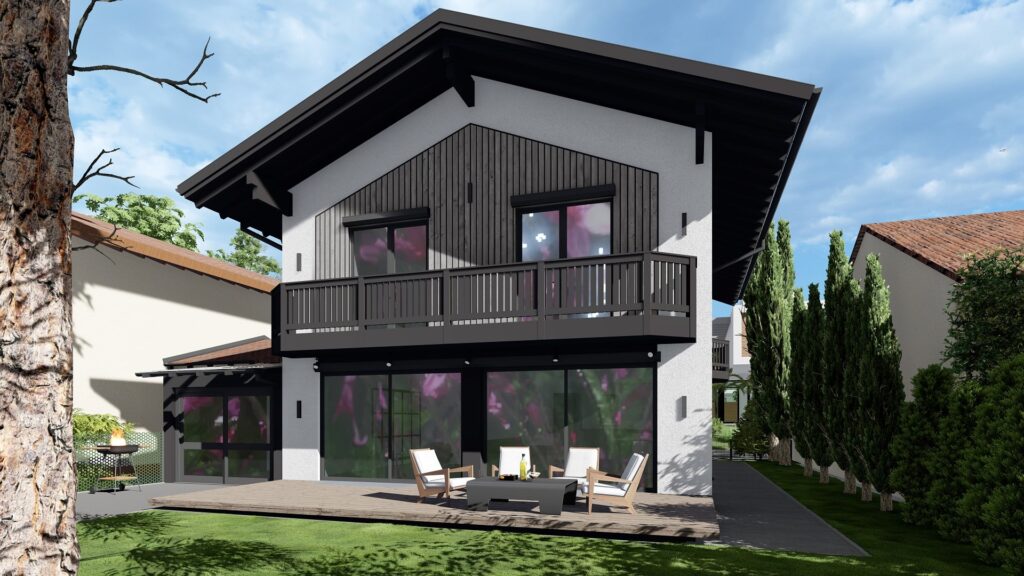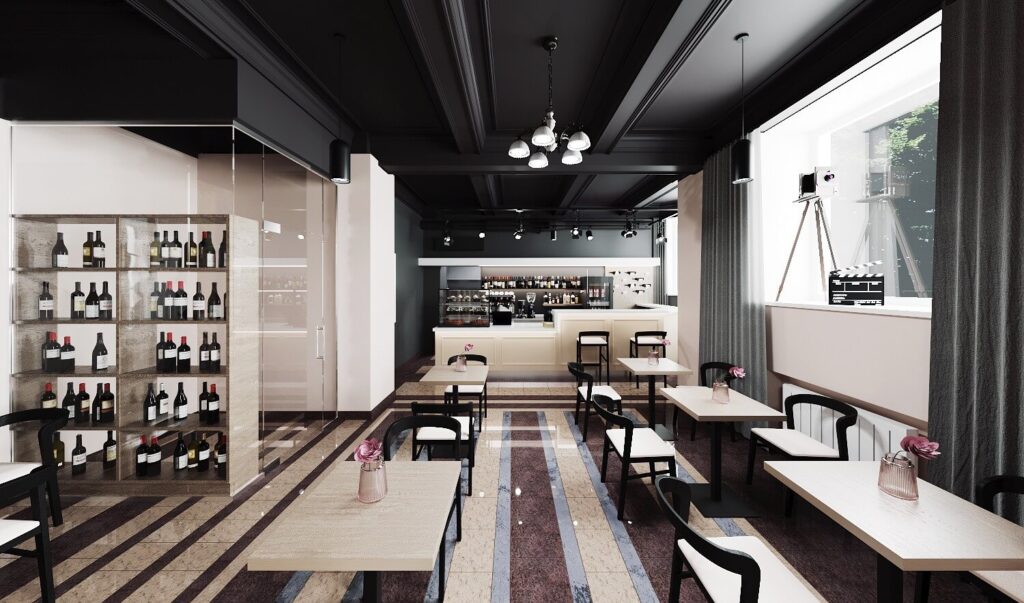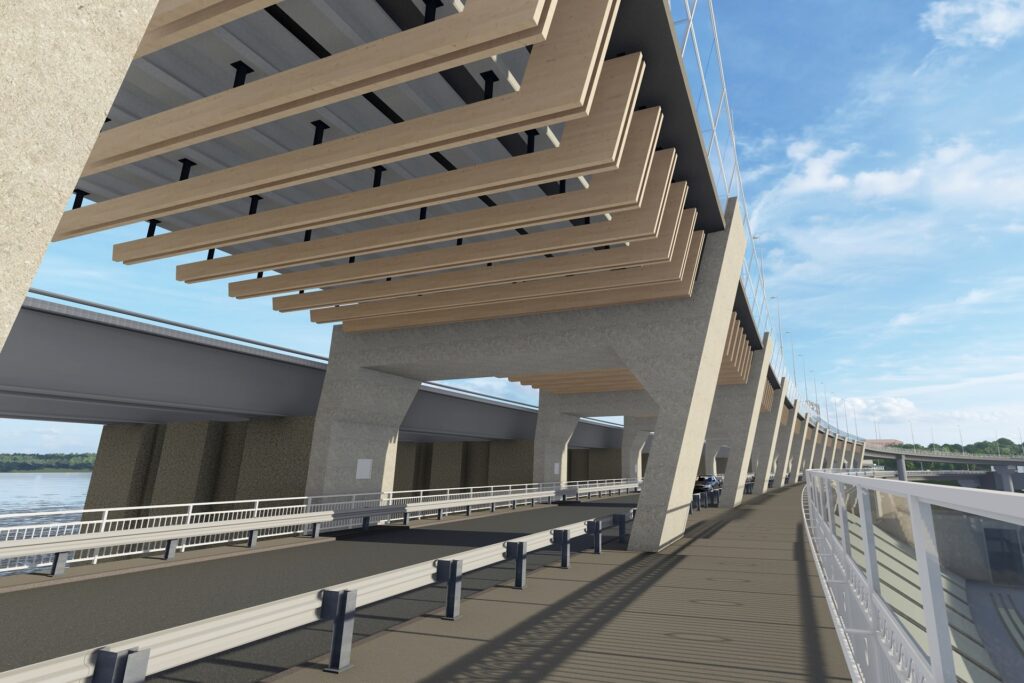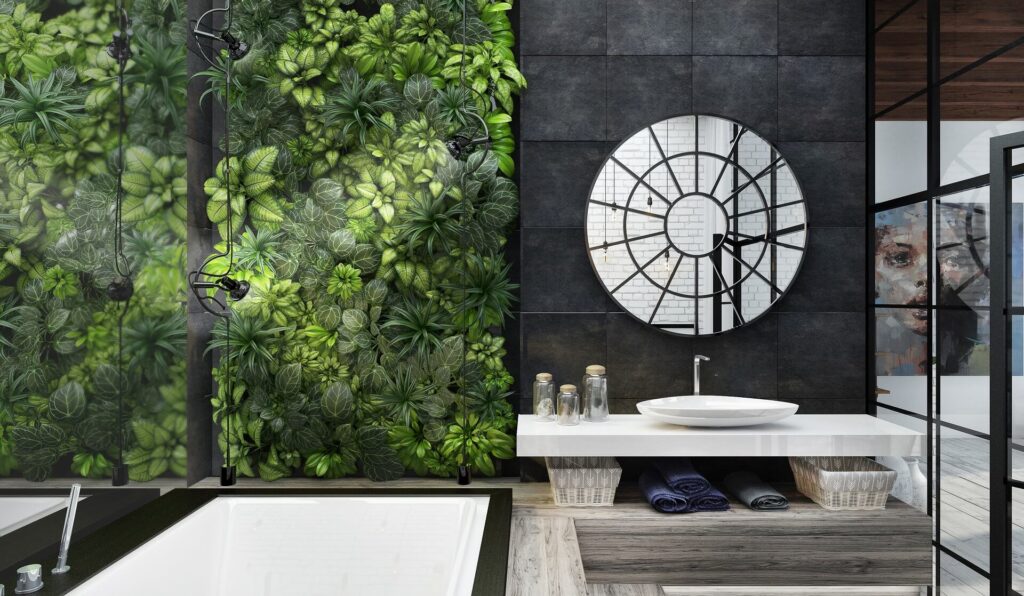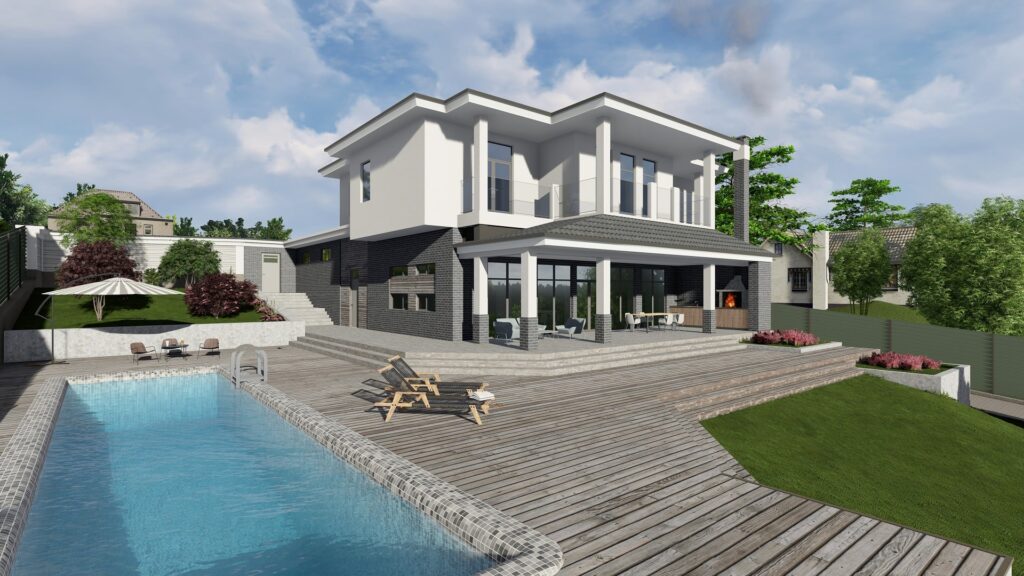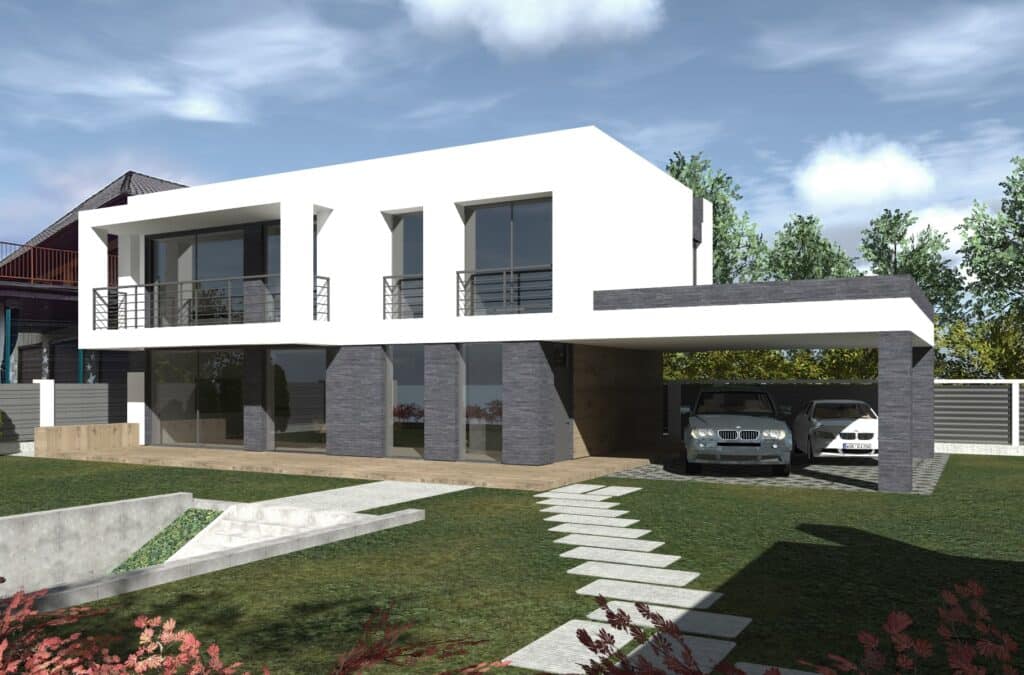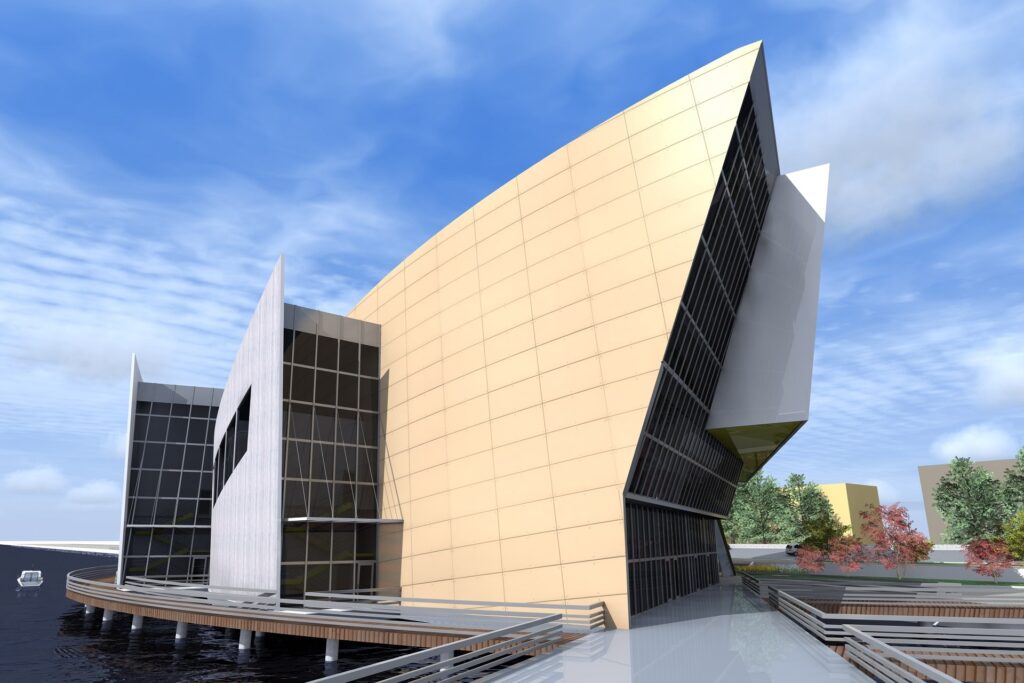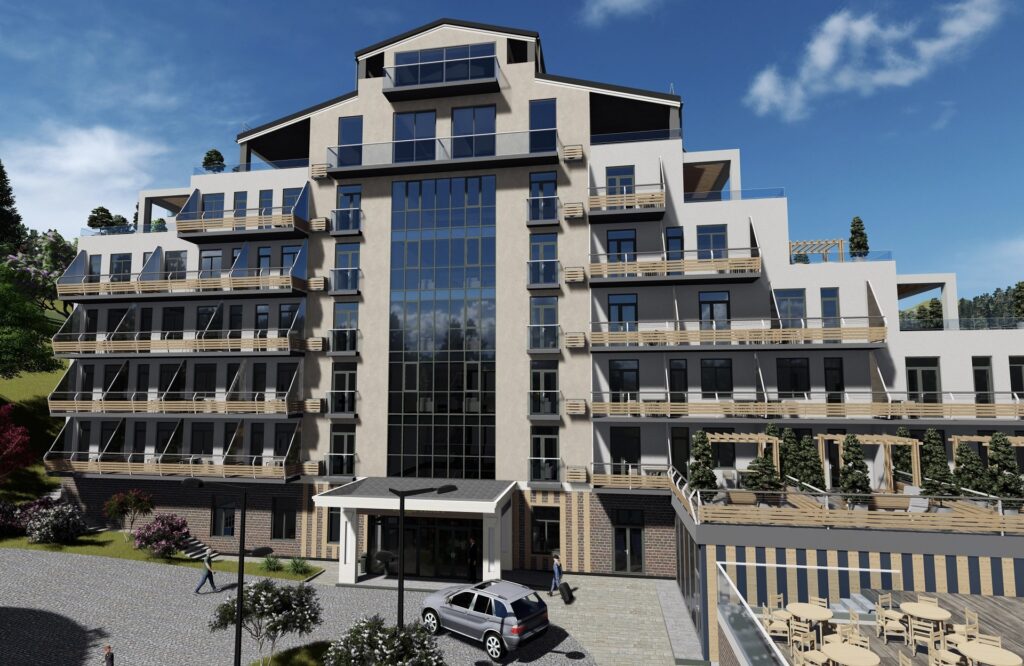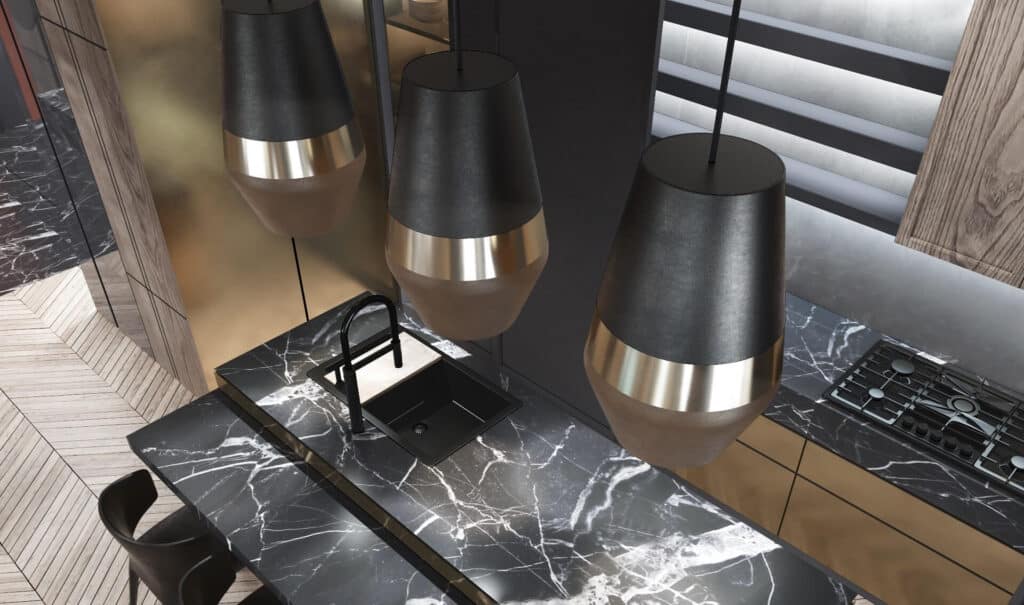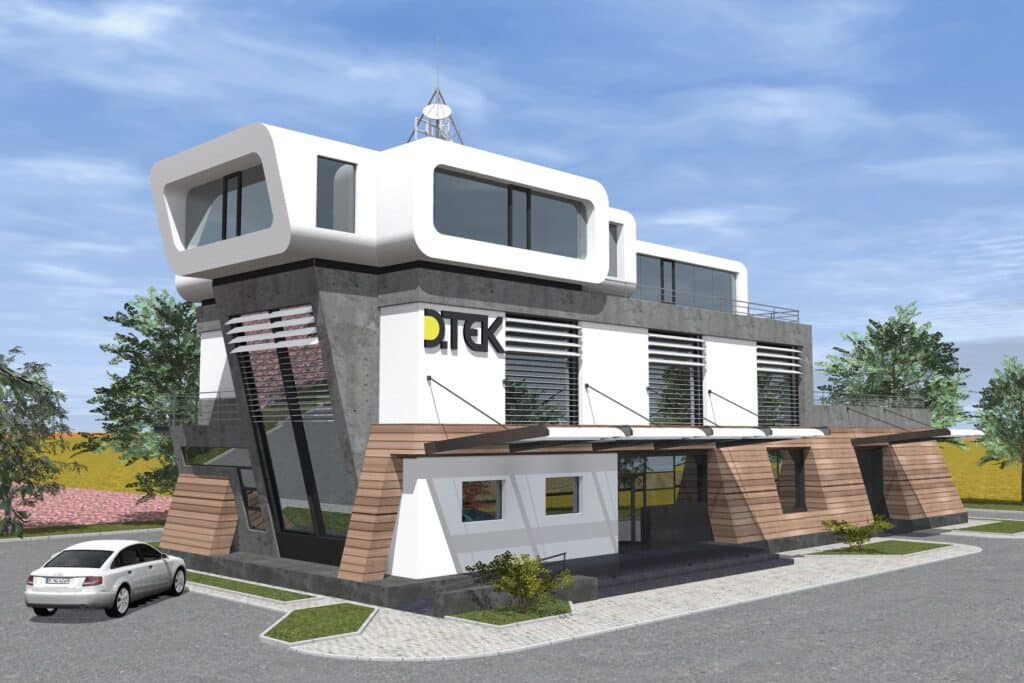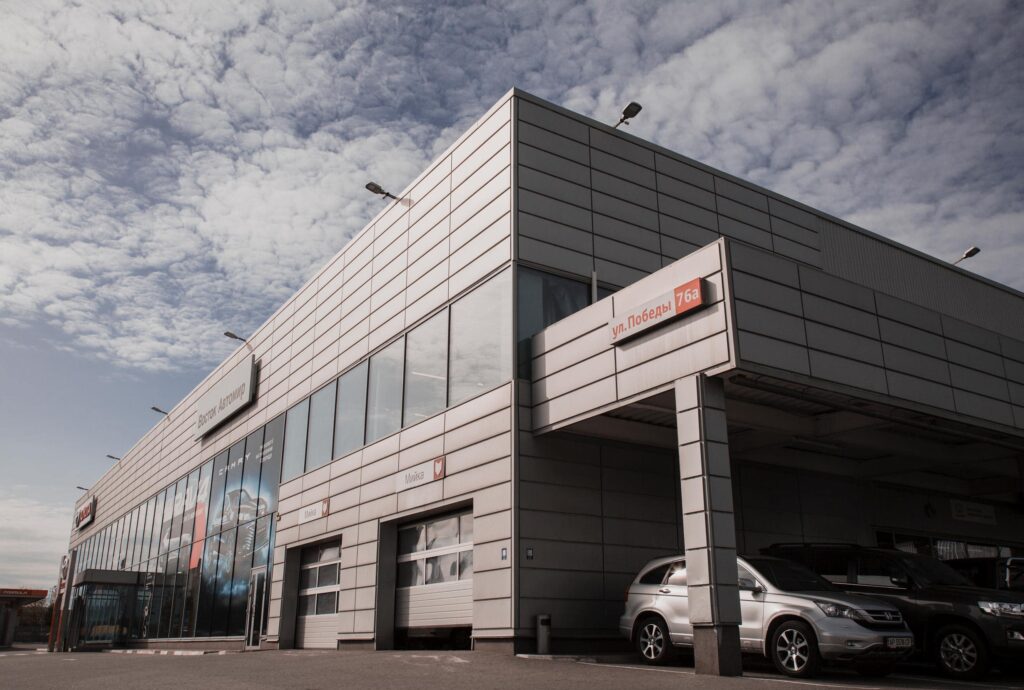2025 Design Trends: Integrating Modern Solutions into Your Space
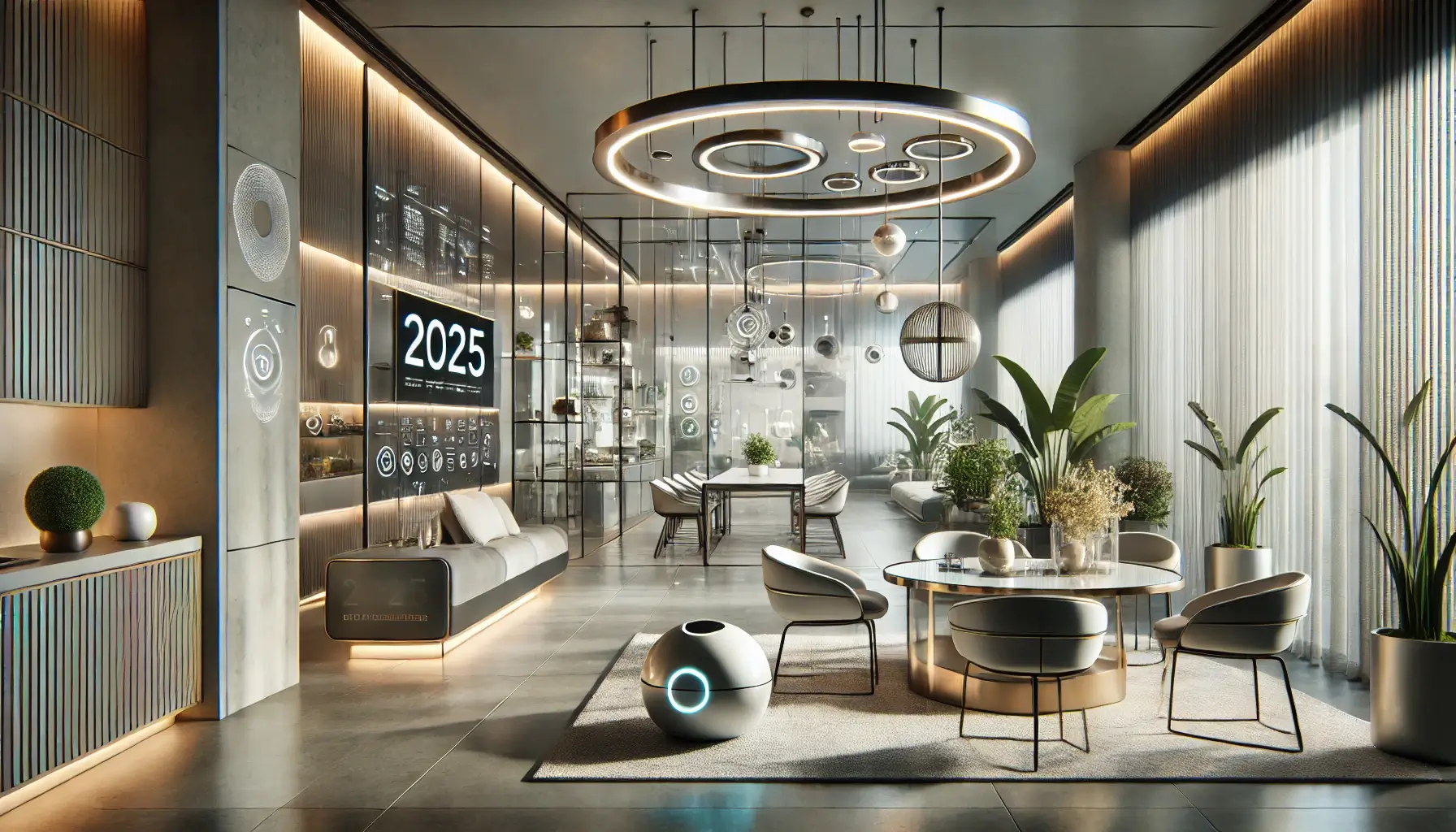
Welcome to my world as a designer and architect, where creativity meets innovation to transform spaces into masterpieces. In this article, we delve into the design trends of 2025, exploring how modern solutions can be seamlessly integrated into your space. Join me as I unveil my creative process, unique perspectives, and guiding principles that shape every project I undertake. This comprehensive overview reflects my vision, methodology, and journey from initial concepts to final masterpieces.
Embracing Sustainability: The Foundation of Modern Design 🌿
Sustainability is no longer just a trend; it’s a necessity. As we move into 2025, sustainable design practices continue to dominate the architectural landscape. The focus is on materials, energy efficiency, and creating spaces that harmonize with the environment.
- Eco-friendly Materials: The use of recycled, upcycled, and renewable materials is at the forefront. Designers are incorporating materials like bamboo, reclaimed wood, and recycled metals to minimize environmental impact.
- Energy Efficiency: With advancements in technology, energy-efficient solutions such as solar panels, smart lighting, and energy-efficient appliances are becoming standard in modern design.
- Biophilic Design: Integrating nature into interiors through living walls, indoor gardens, and natural light helps create a soothing and healthy environment.
Sustainability is the backbone of modern architecture, guiding us to create spaces that are both functional and environmentally responsible.
Smart Technology Integration: The Future is Here 📱
As technology continues to evolve, integrating smart solutions into design is not just desirable but essential. The design trends of 2025 focus on creating intelligent spaces that enhance daily living through seamless technology integration.
- Smart Home Systems: From climate control to security, smart home systems offer convenience and efficiency. Voice-activated assistants and app-controlled devices streamline everyday tasks.
- Automated Lighting: Smart lighting systems that adjust based on natural light levels and occupancy ensure energy efficiency and create the perfect ambiance.
- Connected Appliances: Innovative appliances that communicate and adapt to user preferences enhance the functionality and efficiency of modern homes.
Smart technology is shaping the future of design, creating spaces that are intuitive, efficient, and personalized.
Minimalist Aesthetics: Less is More ✨
The minimalist trend continues to thrive in 2025, emphasizing simplicity, functionality, and elegance. The «less is more» philosophy is reflected in clean lines, uncluttered spaces, and thoughtful design elements.
- Neutral Palettes: Soft, neutral colors create a calming atmosphere and serve as a blank canvas for personalized accents.
- Functional Furniture: Multi-purpose furniture that maximizes space and functionality without sacrificing style is key to minimalist design.
- Open Spaces: Creating open, airy spaces by removing unnecessary walls and barriers enhances connectivity and flow.
Minimalism promotes a serene and functional environment, focusing on quality over quantity and emphasizing craftsmanship and design integrity.
Personalized Spaces: Reflecting Individuality 🎨
Personalization is at the heart of modern design, encouraging individuals to express their unique style and personality through their living spaces. The trends of 2025 focus on customization and individuality.
- Bespoke Design Elements: Custom furniture, artwork, and decor pieces add a personal touch and reflect the inhabitant’s personality and lifestyle.
- Color Pop: Adding vibrant accent colors through accessories or feature walls can personalize a space and create visual interest.
- Cultural Influences: Incorporating elements from one’s cultural background adds depth and meaning to the design.
Personalized spaces foster a sense of belonging and individuality, transforming a house into a home that reflects its inhabitants’ unique identity.
Flexible and Adaptive Spaces: The Need for Versatility 🚪
In a world that’s constantly changing, flexibility and adaptability in design are crucial. The design trends of 2025 focus on creating spaces that can easily adapt to different needs and functions.
- Multi-use Rooms: Designing spaces that can serve multiple purposes, such as a home office that doubles as a guest room or a dining area that transitions into a workspace.
- Modular Furniture: Furniture that can be easily reconfigured or moved allows for quick adaptation to changing needs and preferences.
- Sliding Partitions: Flexible partitions and walls that can be adjusted create dynamic spaces that can be altered as needed.
Flexibility in design ensures that spaces can evolve with the inhabitants’ needs, providing both functionality and freedom.
The Return of Craftsmanship: Celebrating Artistry and Quality 🏆
In an era of mass production, there’s a renewed appreciation for craftsmanship and artisanal quality. The design trends of 2025 celebrate handmade and bespoke elements that highlight the skill and artistry of creators.
- Handcrafted Details: From custom cabinetry to artisanal textiles, handcrafted elements add character and depth to a space.
- Local Artisans: Supporting local craftsmen not only enriches the design with unique pieces but also contributes to the local economy.
- Timeless Design: Prioritizing quality and timeless design over trends ensures longevity and sustainability in interior spaces.
The return to craftsmanship highlights the value of artistry and quality, creating spaces that are unique and enduring.
The Role of Color Psychology in Modern Design 🎨
Color psychology plays a significant role in shaping moods and atmospheres within a space. The design trends of 2025 emphasize the strategic use of color to influence emotions and experiences.
- Calming Blues and Greens: These colors promote relaxation and tranquility, making them ideal for bedrooms and living areas.
- Energetic Reds and Yellows: Used in moderation, these colors can energize and stimulate creativity, perfect for workspaces and kitchens.
- Sophisticated Neutrals: Neutral tones create a sophisticated and understated elegance, providing a versatile backdrop for any design.
Understanding color psychology allows designers to create spaces that enhance well-being and evoke desired emotions.
In conclusion, the design trends of 2025 offer a harmonious blend of sustainability, technology, and personalization, creating spaces that are functional, beautiful, and reflective of individuality. By embracing these trends, we can transform our environments into modern sanctuaries that cater to our needs and aspirations.

